Call for evidence: expanding the role of the private sector in nature recovery
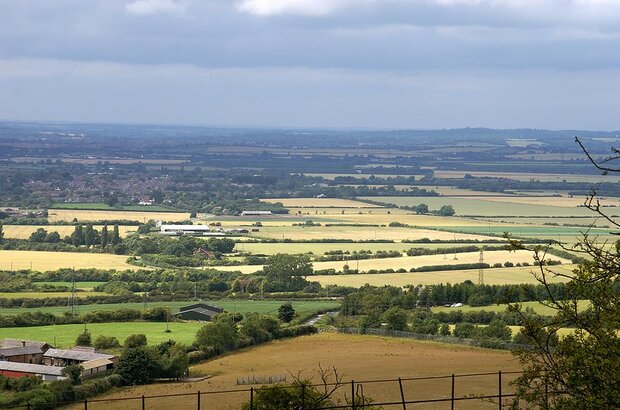
We've launched a call for evidence to better understand how we can support and incentivise business to invest in nature recovery.

We've launched a call for evidence to better understand how we can support and incentivise business to invest in nature recovery.
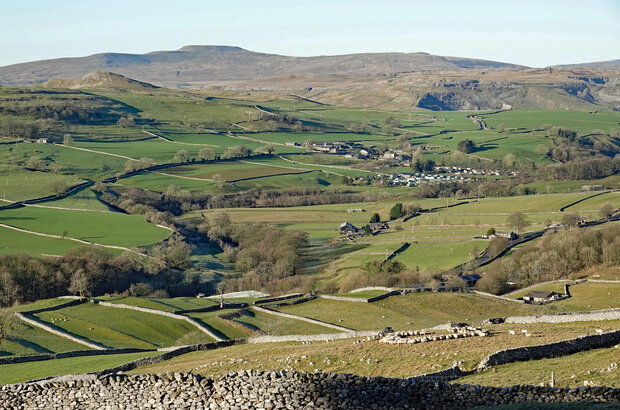
Farmers, growers and land managers play a vital role in tackling climate change, biodiversity loss and food security. Local Nature Recovery Strategies (LNRSs) will help focus these efforts by setting out where and how to take action for nature. With 48 strategies covering the whole of England, there’s still time to shape your local plan. In this post, we'll give an overview and explain how to get involved.
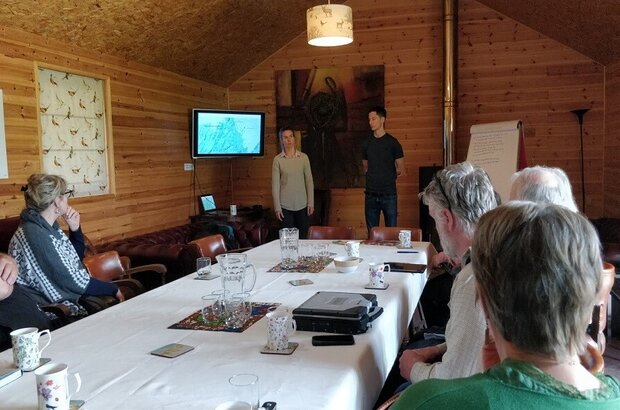
We're pleased to announce a fourth call for tests and trials to help us test and further develop our environmental land management schemes. In this post, I'll share what we plan to explore, how you can apply and details of an upcoming webinar.
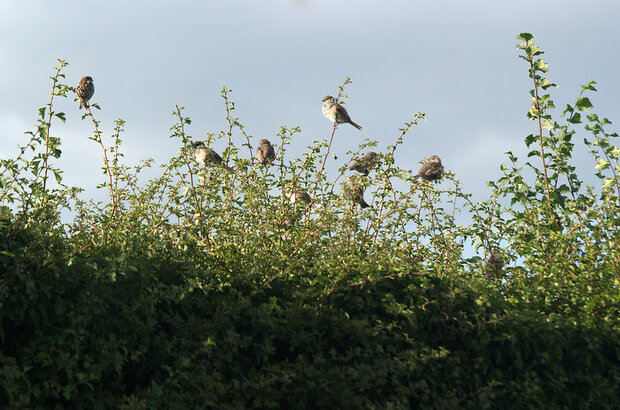
In June, we launched a consultation on hedgerow protections in England. With 2 weeks to go before the consultation closes, I wanted to remind you that there’s still time for you to help shape future regulations so that they work for wildlife, the environment and farmers.
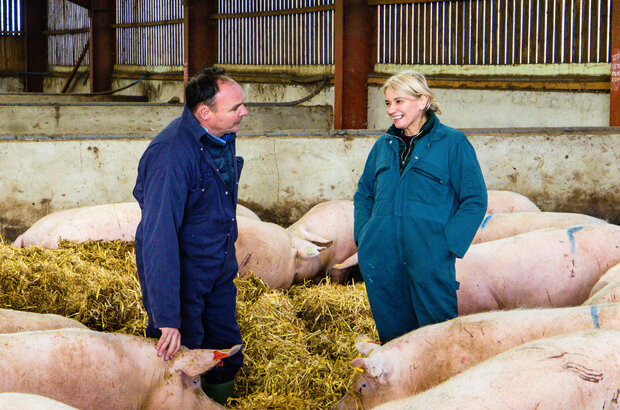
The Animal Health and Welfare Pathway supports improvements in farm animal health and welfare. The first step of the pathway is the Annual Health and Welfare Review. Starting this autumn, farmers who keep cattle, sheep and pigs can get funding to pay for a vet or vet-led team to visit their farm and carry out a yearly review. We’re now ready to put more of the pathway to the test and we need your help.
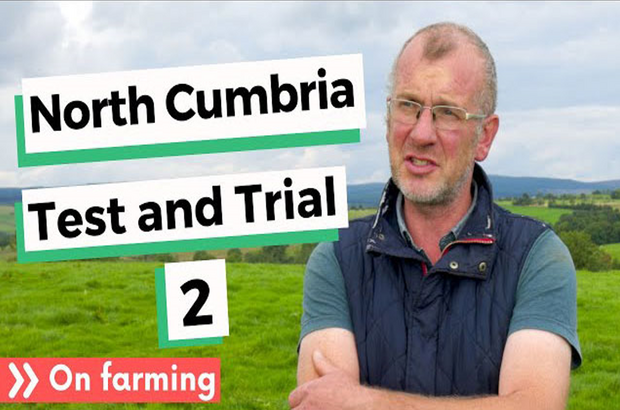
In the latest video in the series about the North Cumbria Farmers Group Test and Trial, uplands livestock farmers Steve and Colin explain their reasons for taking part.

The Tree Health Pilot has been live for 8 months. In this post, we share what we've learned so far and include an invitation to owners of sweet chestnut trees and oak trees.

The Tenancy Working Group exists to ensure that new environmental land management schemes work for tenant farmers. The group is very keen to hear directly from tenant farmers and it has developed a survey to gather views.
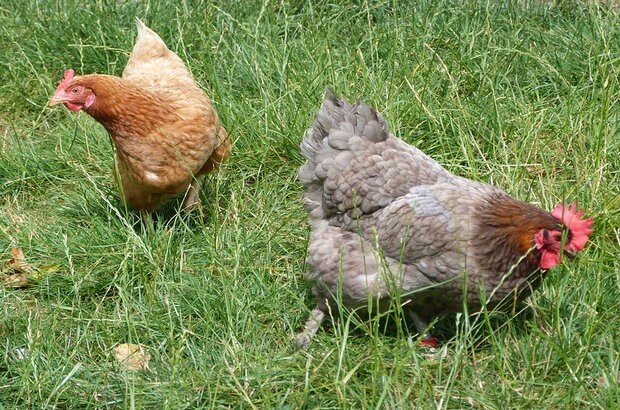
Farmers will be able to apply for grants to buy equipment, technology and infrastructure to improve the health and welfare of their animals. To make sure we are funding the items that farmers need to make a difference, we want to get a better idea of what we should include. Let us know your thoughts by the end of the month.
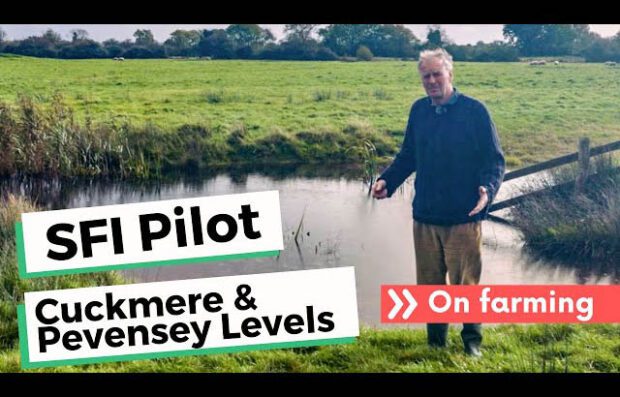
In the Sustainable Farming Incentive pilot, we provided farmers with 3 different land management plan templates. Each template was developed through tests and trials. Farmer Martin Hole took part in the Cuckmere and Pevensey Levels test and trial. He explains how the vision for his farm, and the landscape in which he lives, has been supported by land management planning.